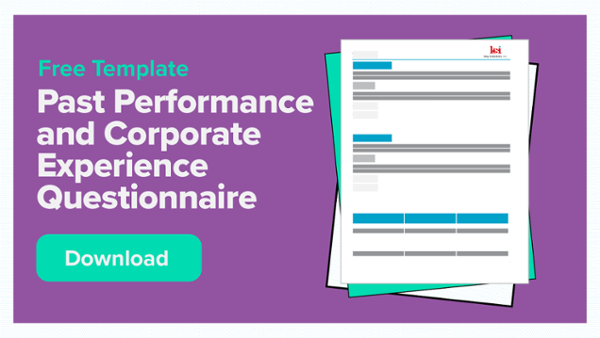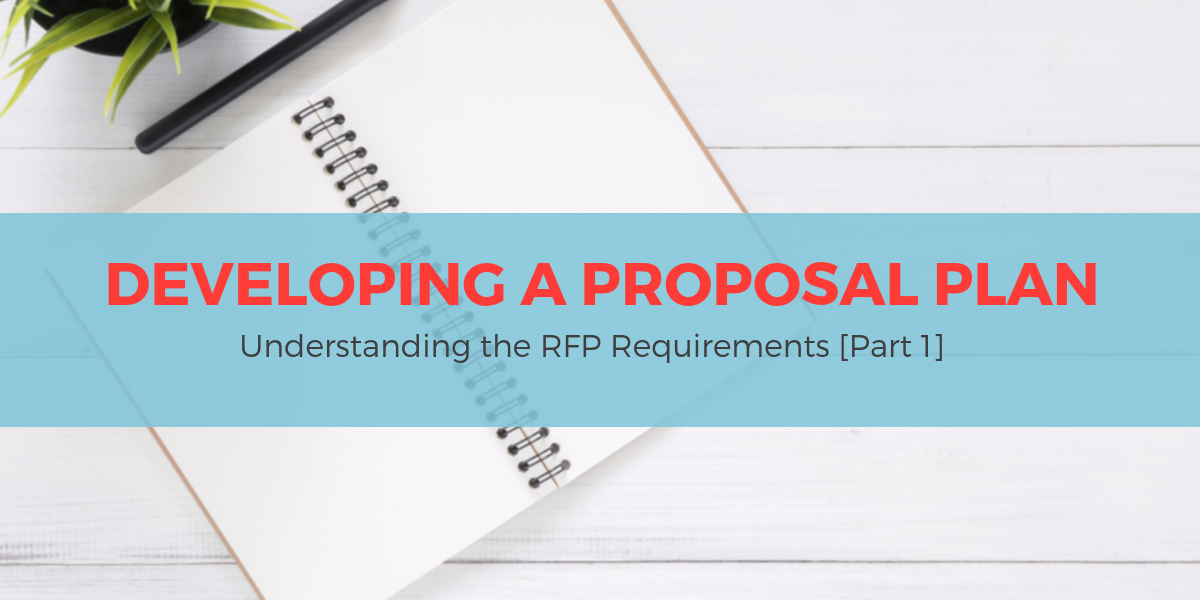
An unsubstantiated claim in a proposal is a statement about any of your company’s capabilities, past experience and performance, product and service features/benefits, and discriminators that are not supported with a proof statement.
Government contractors of all sizes are guilty of these types of claims, but small businesses can be especially prone to using unsubstantiated claims in proposals because:
- Their teams can have varying levels of understanding of, and expertise with, writing proposals.
- They are looking for ways to portray themselves as big enough and experienced enough to be viewed positively by proposal evaluators.
Here are a few examples of unsubstantiated claims found in proposals and the reasons why these claims are problematic for evaluators:
Claim |
Why Proposal Evaluators Would Find this Claim Problematic |
| World Class | How is “world class” for this product/service determined? By whom? |
| Highly satisfied customers |
How many types of this product/service are out there? Who evaluates them and determines which of these products/services is actually “best-of-breed”? |
| Award-winning |
What awards has the company received, and from whom, for this product or service? What organization has given these awards? |
| World's largest |
How can we verify that this particular product/service is in fact, the world’s largest? What organization compiles statistics on this product/service in the marketplace? |
| High retention rate | How high is good enough? What basis of comparison was used? |
Unsubstantiated claims detract from the substance of a proposal the way static on a phone line detracts from clear communication between two parties.
This is because the evaluators, in reading the claims, try to determine the significance of the claims statements and can’t, because the claims offer no basis for understanding, comparison, or verification, hence the static. The best way to resolve this issue is to eliminate the unsubstantiated claims in your proposal and replace them with verifiable proof statements that evaluators will view as credible.
Examples of proof statements and how these statements lend credibility to the offeror’s proposal, and contribute to an overall understanding of evaluators include:
Proof Statement |
How the Proof Statement Lends Credibility and Aids Lenders |
| ABC Company was rated #1 in Customer Satisfaction in the wireless industry by J.D. Power and Associates, as shown in Figure 1.2-1. | Proof is provided by an independent source. |
| Our retention rate is 88%, compared to the industry average for large systems integrators of 82%, as reported in InfoTech Magazine, December, 2016. | Proof is provided through comparison with a published benchmark. |
| By providing a more diverse menu featuring seasonal ingredients and regional specialties, we increased the number of meals served in the cafeteria by 30%. | Proof is provided through increase in sales/cafeteria revenue. |
| Introducing automated voice response (AVR) in the Customer Service Center reduced Customer Service Representative headcount by 3.5 FTEs. | Proof is provided through verifiable cost savings. |
| Our task order management process has been used successfully on two large contracts, where we managed 250 concurrent tasks. | Proof is provided by quantifying size and scope of work. |
| XYZ Company was awarded the NASA 2017 Small Business Subcontractor of the Year Award. | Proof is demonstrated through a formal award process. |
The easiest way for businesses to develop proof points is to proactively quantify information collected while performing on contracts and store it in a database or knowledge repository for future reference. Examples of proof statements can include:
- The company’s retention rate
- Number of staff who are U.S. citizens or have security clearances as a percentage of total staff
- Number of task orders successfully performed, productivity gains or cost savings historically achieved through use of the company’s products or services
- Number and type of licenses and certifications
- Size and locations of facilities, Call Center/Help Desk metrics
- The use of established industry standard process certifications, such as the Information Technology Infrastructure Library (ITIL) or Project Management Institute (PMI) best practices, to name only a few.
When compared with a credible benchmark, these facts become valuable proof statements. One of the best sources of proof statements is in the past performance references the company receives through its CPARs reports.
These can be mined for information on various aspects of a company’s contract performance and any awards/recognition or customer testimonials received. These proof statements are credible because they are documented by government contracting officers and made accessible to other government staff for the purpose of validating successful contractor performance.
Conclusion
Credible proof statements trump unsubstantiated claims in a proposal. When you use proof statements, you improve your probability of winning the contract!








